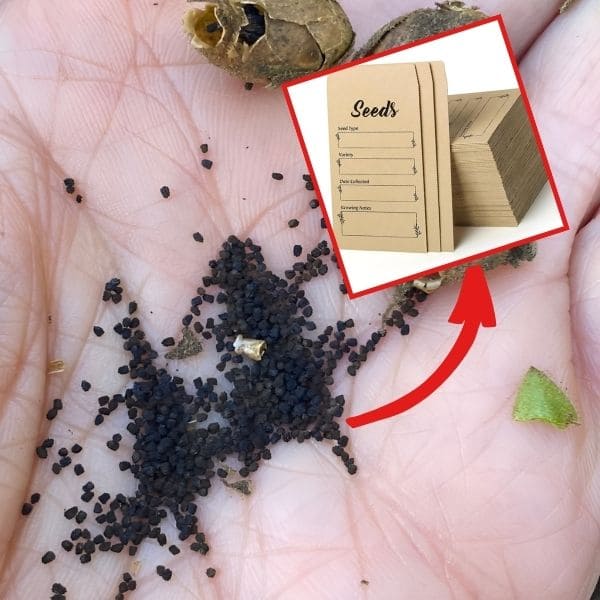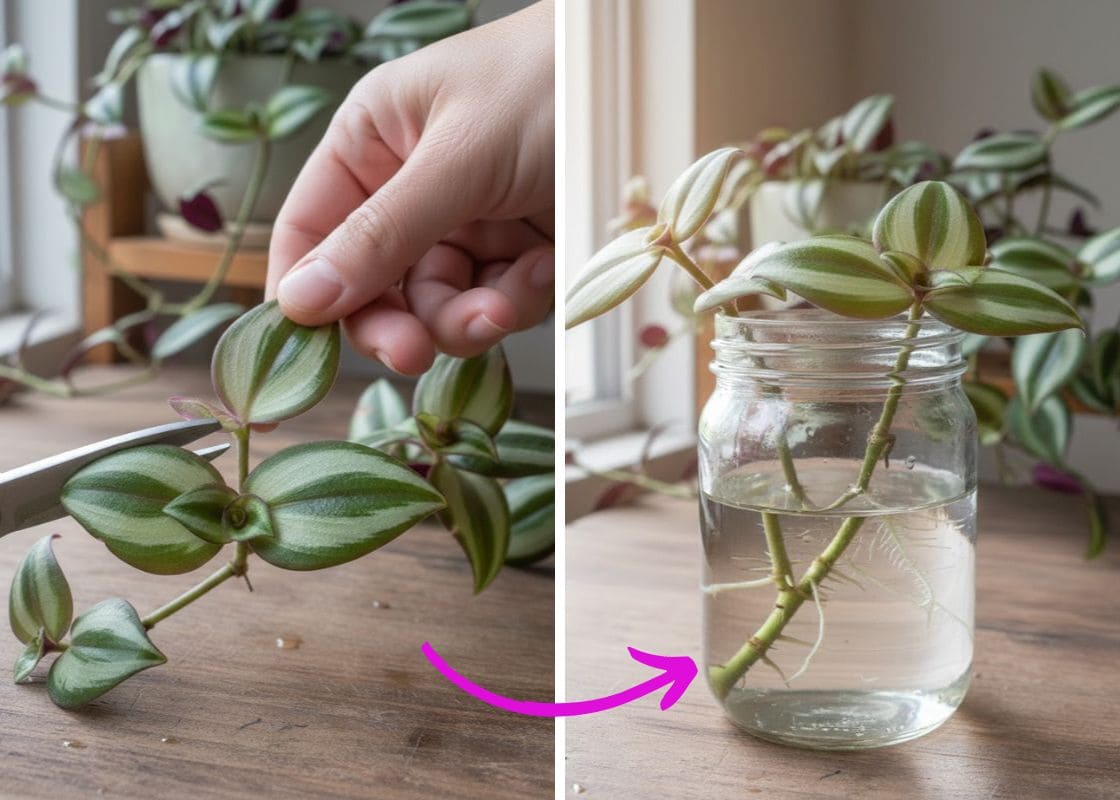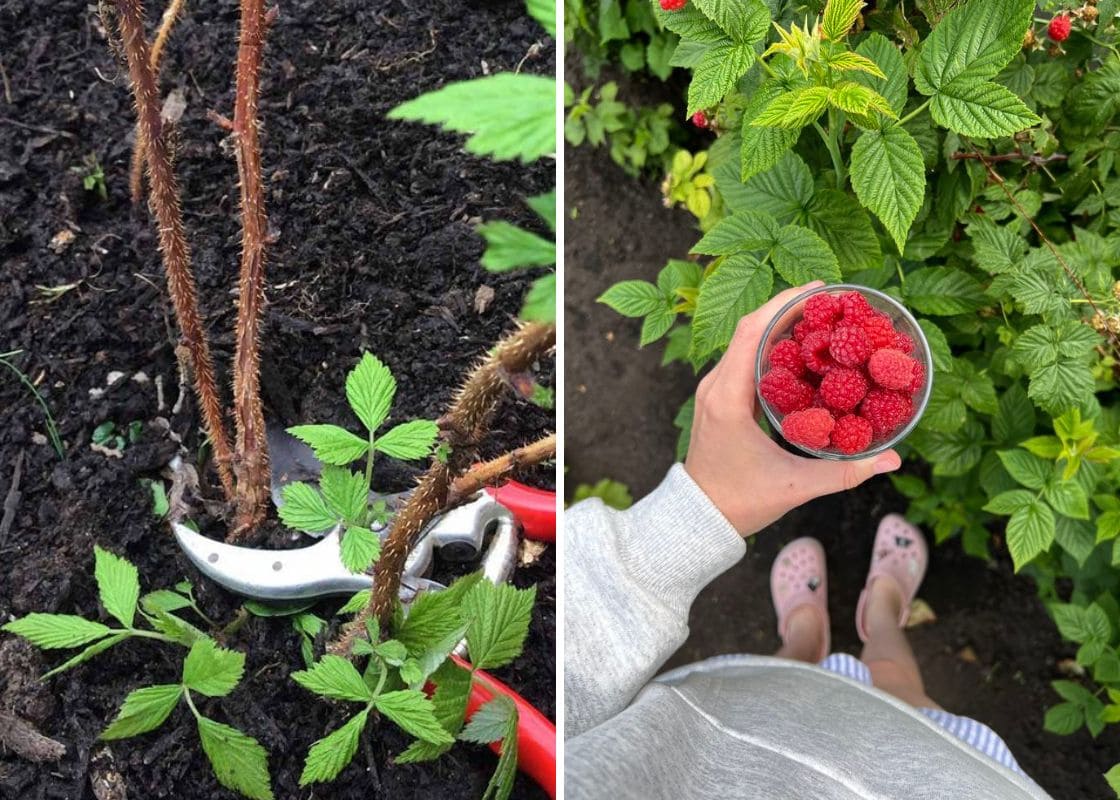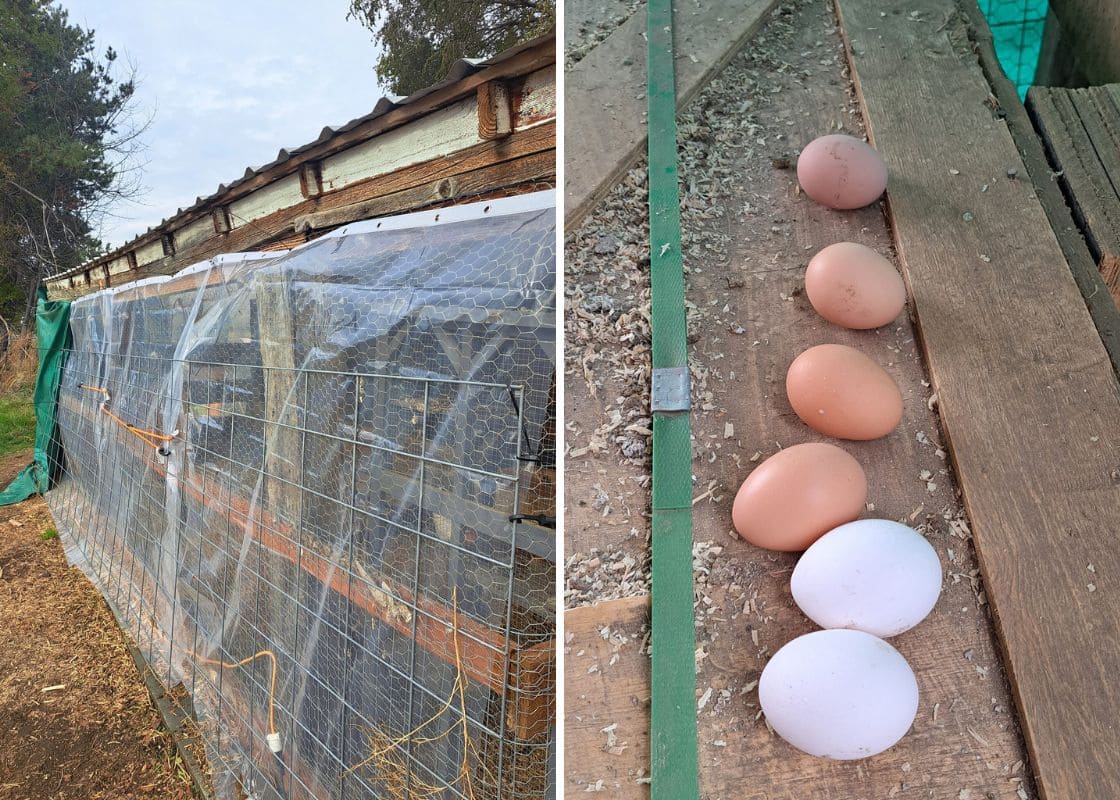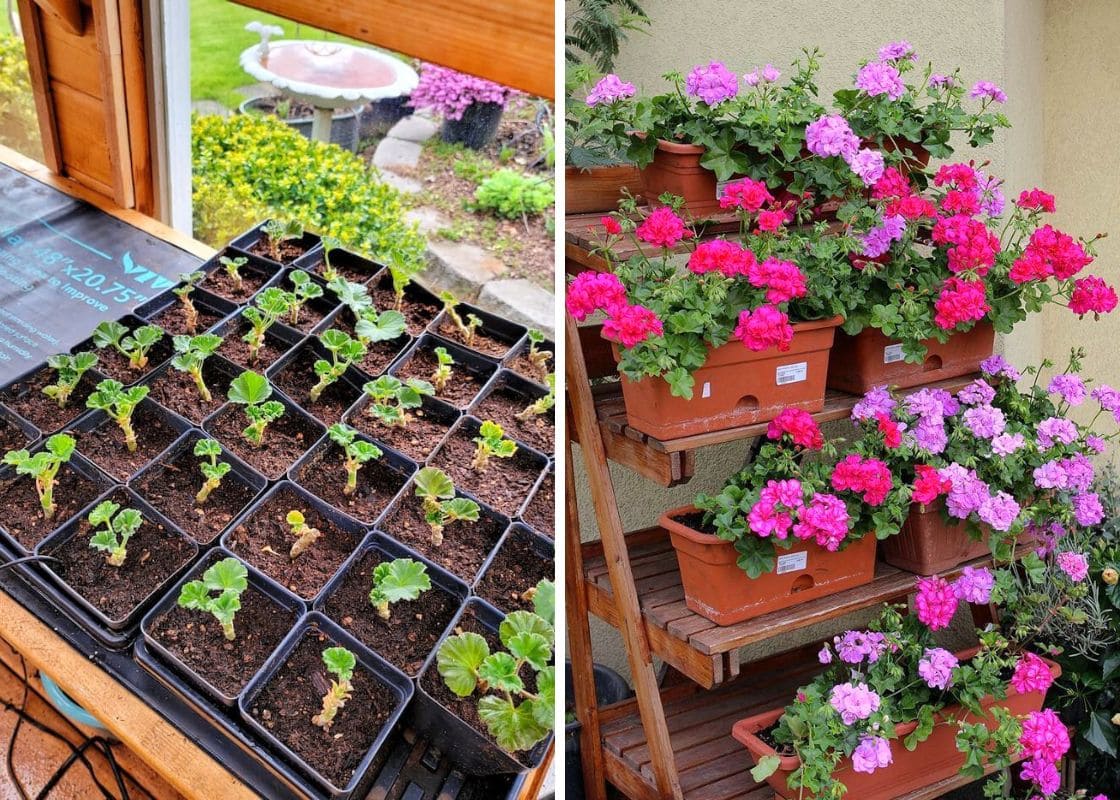Snapdragons are a beloved choice in many gardens as their vivid hues and distinctive dragon-like blossoms.
Renowned for their striking appearance and adaptability, these flowers can provide a burst of color to borders, beds, and pots.
However, a common question arises among both novice and seasoned gardeners: “Do snapdragons come back every year?”
Understanding the life cycle of snapdragons is essential for proper garden planning and maintenance.
Summary:
- Snapdragons can come back every year.
- To ensure snapdragons return annually, provide proper soil, sunlight, watering, fertilizer, spacing, and winter protection.
- Snapdragons display diverse colors due to genetic diversity and cross-pollination.

Do Snapdragons Come Back Every Year?
The answer is both yes and no.
Some varieties, like ‘Rocket’ and ‘Sonnet’, are annuals, completing their lifecycle within one growing season and requiring replanting each year.
On the other hand, perennials such as ‘Madame Butterfly’ and ‘Brighton Rock’ can return year after year, particularly in mild climates.
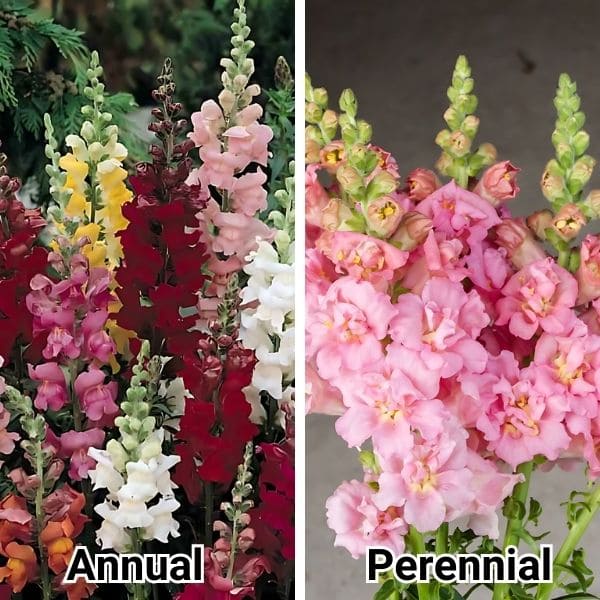
However, there are also other several factors determining whether snapdragons come back annually. For example, perennial snapdragons thrive in regions with mild winters.
Additionally, proper growing conditions, including well-drained soil and adequate sunlight, enhance their chances of returning each year.
To safeguard perennial snapdragons from harsh winter conditions, you need to consider mulching or providing protective cover.
Why Do Snapdragons Come Back With Different Colors?
Snapdragons often surprise gardeners with their diverse array of colors upon regrowth, this phenomenon stems from genetic diversity and hybridization.
Snapdragons boast a broad genetic pool, and when different varieties cross-pollinate, their offspring inherit a blend of traits from their parent plants.
As these pollinators traverse from one plant to another, they transfer pollen, mixing genetic materials and generating unique color combinations in subsequent flowers.

Besides, variables such as soil composition, sunlight intensity, and temperature can affect the pigmentation of snapdragon flowers.
For example, the same snapdragon variety might display varying hues when grown in different soil types or under differing light conditions.
Additionally, natural mutations and inherent genetic variability within snapdragon populations contribute to these color changes.
What to Keep Snapdragons Coming Back?
Growing Snapdragons From Seeds
You can scatter snapdragons seeds on the surface of well-draining, moist soil. Then, lightly press them into the soil without covering, as they require light to sprout.
Next, maintain consistent soil moisture and position the container in a warm, brightly lit area. Typically, seeds germinate within 10-14 days.
Once seedlings are robust enough, you should transplant them into the garden post-last frost for optimal growth.
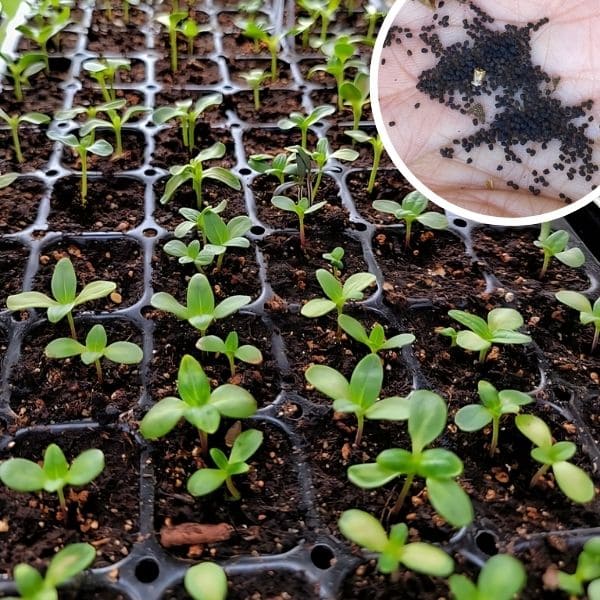
Growing Snapdragons From Cuttings
You can propagate snapdragons via cuttings by selecting a healthy stem 3-4 inches in length from a mature plant, removing lower leaves and dipping the cut end into rooting hormone.
Next, plant the cutting in a pot filled with moist, well-draining soil and keep the soil consistently moist with indirect, bright light.
Finally, you need to enclose the pot in a plastic bag to maintain humidity. Within a few weeks, roots should develop, then you can transplant them into the garden.
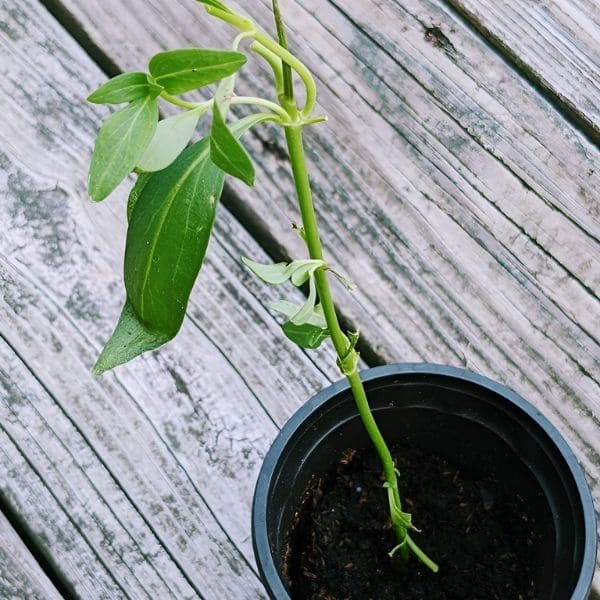
Natural Seed Dispersal
Snapdragons disperse their seeds naturally, facilitating self-propagation. Their small, lightweight seeds are easily carried by the wind, spreading them across different garden areas.
In addition, rainwater also aids in seed distribution, washing them to new locations.
Also, birds and insects play a role in this process: birds may ingest and later deposit seeds in their droppings, while insects can transport seeds attached to their bodies.
Care for Snapdragons Coming Back Annually
Here are the main requirements for your snapdragons to come back every year:
- Use well-drained soil with a pH of 6.0 – 7.5.
- Provide full sunlight for at least 6 hours daily and water deeply but avoid waterlogging.
- Apply a balanced fertilizer (10-10-10) at planting and every 4-6 weeks.
- Space plants 6-12 inches apart to ensure good air circulation and reduce disease risk.
- Cover in winter conditions.
Soil
Snapdragons thrive in well-drained soil with a pH ranging from 6.0 to 7.5.
It’s essential to enrich the soil with organic matter like compost or aged manure to ensure they receive ample nutrients for robust growth.
Sunlight
You need to ensure your snapdragons get at least six hours of full sunlight daily to encourage abundant flowering.
While they can tolerate partial shade, insufficient sunlight can lead to leggy growth and reduced flowering.
However, in regions with intense summer heat, providing some afternoon shade can protect the plants from scorching and stress.
Water
Maintain consistent moisture levels, especially during dry spells, by watering deeply 1-2 inch per week at the base of the plants.
Avoid overwatering to prevent fungal diseases; early morning watering is ideal to minimize humidity buildup.
Fertilization
For healthy growth and continuous blooming, you need to use a balanced fertilizer such as 10-10-10 (nitrogen-phosphorus-potassium).
Then, apply this fertilizer at planting and every four to six weeks throughout the growing season, following recommended application rates to avoid nutrient imbalances.
Spacing
In general, you should promote good air circulation by space perennial snapdragons about 6 to 12 inches apart.

Storage Snapdragon’s Seeds
Around 120 to 150 days since sowing seeds, when your flowers have faded, you can harvest the seeds from the dried pods.
I recommend placing them in a paper envelope to absorb moisture, then storing the envelope in an airtight container.
You also should keep the container in a cool, dry location and label it with the seed variety as well as date to maintain organization.
